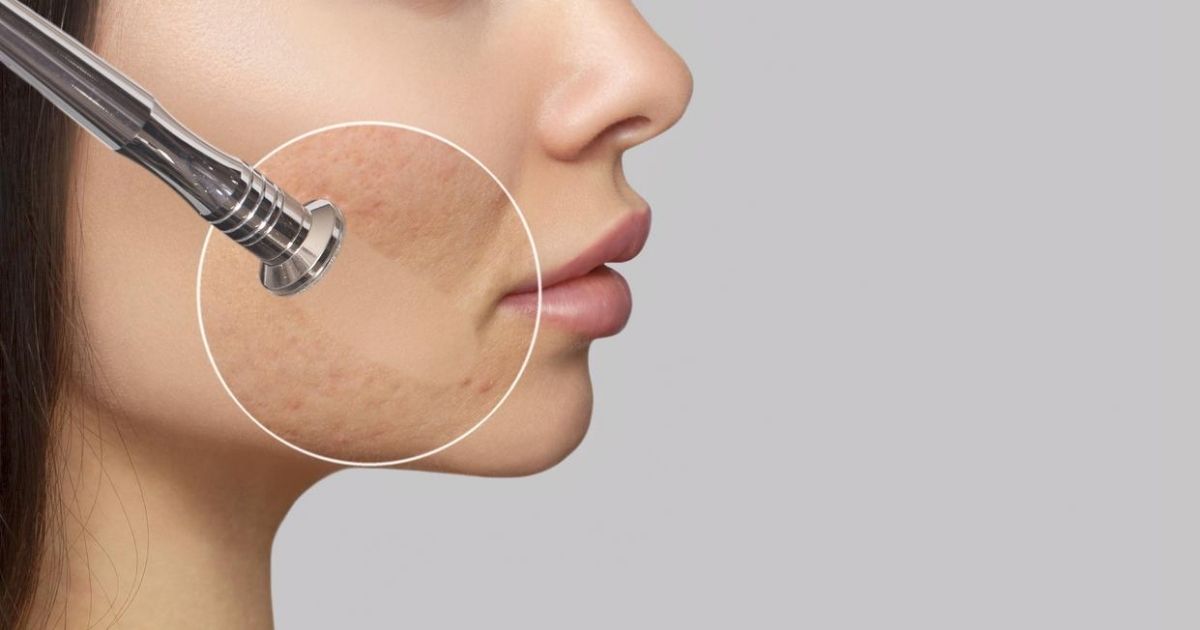
Acne scars can be a persistent reminder of past breakouts, but with modern skin treatments, they no longer have to be permanent. Advances in non-invasive procedures now offer highly effective options to reduce the appearance of acne scars and reveal smoother, clearer skin. In Singapore, these treatments cater to different skin types and concerns, ensuring everyone has access to suitable solutions. This article explores some of the most effective treatments for acne scars and how they can help you achieve a rejuvenated, blemish-free complexion.
The Most Effective Treatments for Reducing Acne Scars
Treatments for acne scars have evolved significantly, offering methods tailored to the severity and type of scarring. One of the most sought-after procedures is laser resurfacing, which utilizes focused beams of light to remove damaged skin layers and promote collagen production. Fractional CO2 and Pico lasers are popular choices known for their precision in targeting deep scars and stimulating skin repair. Other effective options include chemical peels, which exfoliate the skin to encourage cellular turnover, and dermal fillers, which can plump up pitted scars for a smoother surface.
Comparing Laser Treatments to Other Non-Invasive Options
Laser treatments, particularly fractional CO2 and Pico lasers, have become the gold standard for scar reduction. These procedures penetrate deep into the skin, encouraging collagen regeneration to heal scars from within. Compared to microneedling or radiofrequency (RF) therapy, lasers generally yield more dramatic results for deeper scars. While microneedling is effective for shallower scars, it’s often combined with RF to enhance collagen stimulation. For those seeking gentler options, chemical peels can address superficial acne scars, though results may take longer to appear.
Fastest Results with Minimal Downtime
Patients often seek treatments that deliver quick results with minimal recovery time. Pico and fractional CO2 lasers offer the fastest visible improvements in reducing acne scars. The Pico laser, with its ultra-short pulses, is gentle on the skin, resulting in minimal downtime and faster recovery. Microneedling with RF also boasts short recovery times, typically leaving skin red for a few days, but results manifest more gradually over several weeks. In contrast, chemical peels may require longer downtime as the skin heals from peeling, with full results taking weeks to months.
Factors Determining the Best Treatment for Different Skin Types
When choosing the best treatment for acne scars, skin type plays a crucial role. Those with darker skin tones may need to be cautious with certain laser treatments, as they can cause hyperpigmentation if not performed by an experienced practitioner. Pico laser is often recommended for individuals with darker skin tones due to its gentler, more precise nature. Meanwhile, microneedling and RF treatments are generally safe for all skin types and are effective at reducing the appearance of scars without the risk of pigmentation changes. For individuals with sensitive or highly reactive skin, chemical peels and dermal fillers may be preferred options, as they offer more controlled results with minimal irritation.
Risks and Side Effects of Popular Treatments
While non-invasive treatments for acne scars are generally safe, some risks and side effects are worth considering. Laser treatments, especially fractional CO2, may cause temporary redness, swelling, and sensitivity. In rare cases, they can lead to pigmentation changes if not performed correctly. Microneedling may result in mild discomfort, redness, and minor bleeding, but these effects usually resolve within a few days. Chemical peels can cause peeling and sensitivity, while dermal fillers might result in bruising or swelling at the injection site.
How Microneedling Reduces Deep Acne Scars
Microneedling, especially when combined with RF technology, is a highly effective treatment for deep acne scars. The procedure works by using tiny needles to create micro-injuries in the skin, triggering the body’s natural healing process and promoting collagen production. When RF energy is added, it penetrates deeper into the skin, further stimulating tissue repair and tightening. Over time, this process reduces the depth of acne scars, improving skin texture and overall appearance. Although the results are not immediate, patients typically notice significant improvements after multiple sessions, making microneedling an excellent option for treating deeper, more stubborn scars.
Advancements in Acne Scar Removal Technology
The field of acne scar treatments has evolved with innovations that make procedures more effective and less invasive. One of the latest advancements is Pico laser technology, which delivers short bursts of energy to break down scar tissue without damaging surrounding skin, leading to faster recovery and minimal discomfort. Additionally, RF microneedling combines traditional microneedling benefits with RF energy, enhancing collagen stimulation for deeper scar treatment.
How Long Do Results Typically Last?
The longevity of results varies based on the method used and the individual’s skin type. Laser treatments, particularly fractional CO2 and Pico lasers, often provide long-lasting results by encouraging collagen production. Patients can expect smoother skin for several years, although maintenance sessions may be needed. Microneedling may require more frequent touch-ups for deeper scars, while chemical peels generally provide shorter-term results.
In conclusion, there are a wide range of effective treatments for acne scars available today, each tailored to different skin types and scar severity. Whether you choose laser treatments, microneedling, or chemical peels, the key to success lies in understanding the best option for your skin and working with a qualified professional to achieve optimal results.
 Living With Healthy Hunger Health Blog
Living With Healthy Hunger Health Blog

